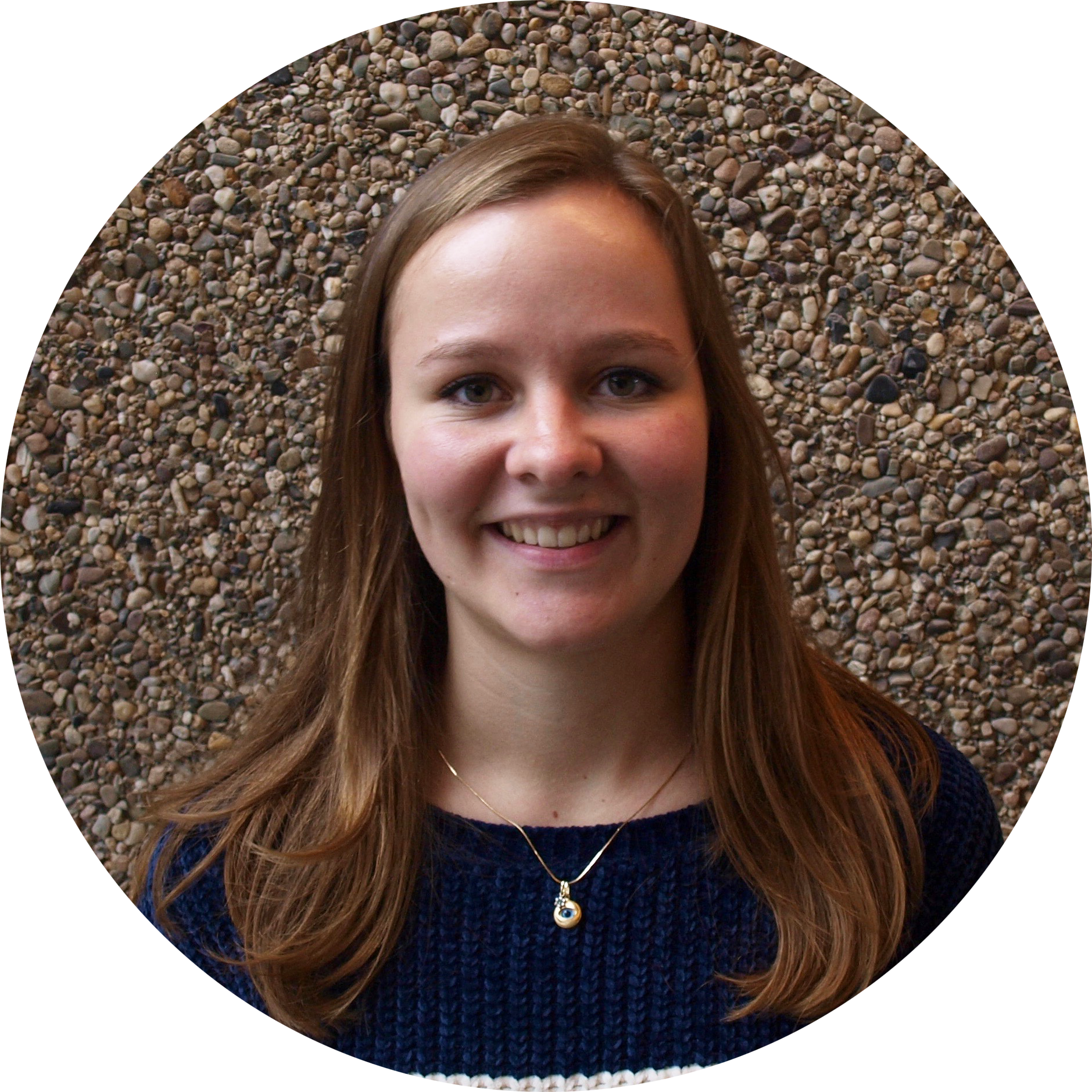Second year fieldwork in France
Claire Mulder
‘At the end of the second year we all traveld to the South of France. This fieldwork trip to Vesc is the cherry on the cake for almost all students I think. This is where you can apply everything you’ve learned so far about geology -which is actually quite a lot- in a practical situation.’ The task during the fieldwork project was to create a geological map of a designated 5000 hectare area. ‘We were a small team and we only had a relatively short time to cover what is quite a big piece of land. We had to locate all the underground geological formations, study them and put them on the map.’
On the road
By the end of year two the students have completed courses on geology, chemistry, physics and mathematics, giving them a good grounding for the practical work in France. At the same time they have their minors and final bachelor projects waiting in the wings. The field work may be a short interruption of the curriculum ‘but it is definitely not a holiday!’ There were preparations to be made, for one.
‘We formed a little group of three students and organised our own transport and accommodation. We were lucky enough to get our hands on a four-wheel drive and rented a house with a pool that we shared with another group. The groups all planned the trip in their own way: some opted for the train and brought bikes, others stayed at campsites.’
Solving a puzzle
But the real work took place on the ground in France. ‘We would drive to a new part of the area every day to do research. We identified the rock formations there by studying the stones, which gave us an indication of their age. Distinguishing the markings on the stones can be a bit tricky. They show up more clearly on a wet surface so sometimes we would have to lick them to get the information.’ The data collected by Claire and her team mates were like pieces in a puzzle which, in the space of three weeks, were put together to form a complete geological map. But some of the pieces were not easy to find. ‘Studying the rock formations often wasn’t enough and we would have to take a pickaxe to them to find out what lay underneath.’
Theory and practice are combined
Fortunately the students were not solely dependent on what they had learned from their course work. During the three weeks of their stay visiting lecturers were on hand to give advice on different aspects of the work. But charting the geological history of an area was a big job all the same. ‘It’s up to you how you plan the work. We found we had to spend at least six days a week in the field to get results.
’‘We did a lot of driving, hiking, chipping away at rocks and interpreting data and that could be really tiring.’ But the best thing about the field work was ‘uncovering the history. Studying an area like this will tell you what the world looked like throughout the years. The stones show you the climate, vegetation and animals that have passed through it. That is very special.’


